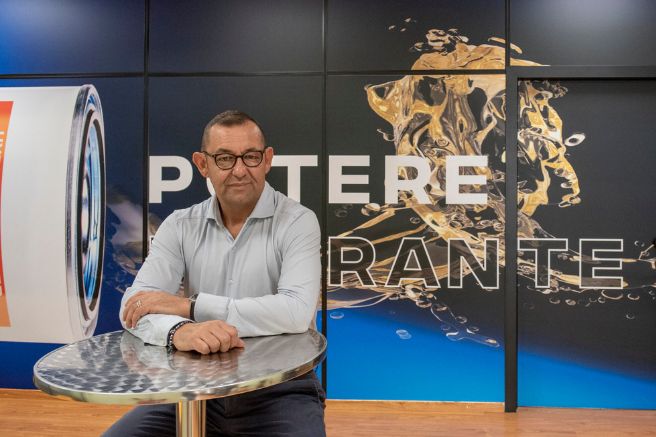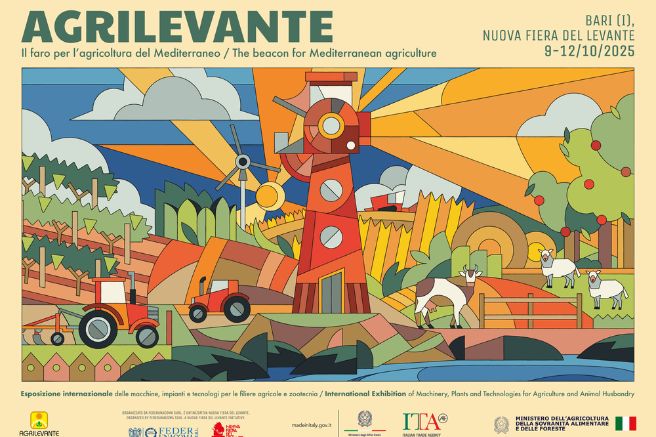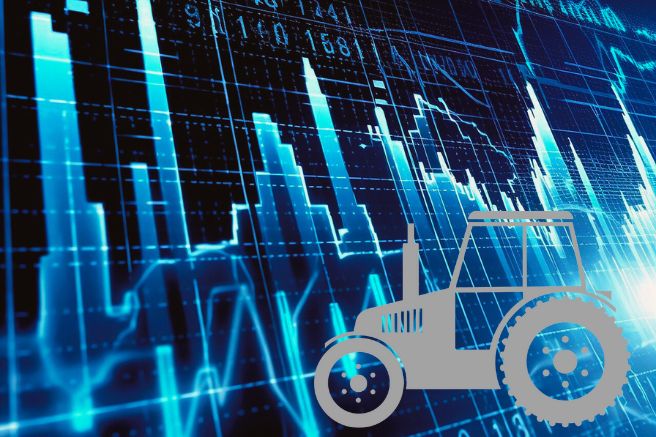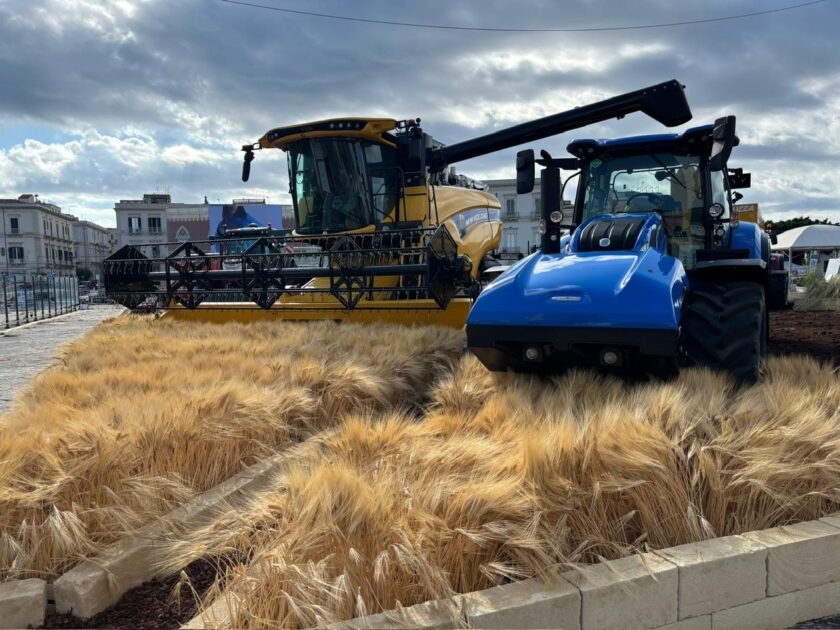
At the G7 Agriculture meeting held at the end of September on the island of Ortigia, in Syracuse, the constant increase in the global population and its consequent new food needs were at the forefront of discussions. It emerged that there is no single solution to the problem, and thus it must be addressed by implementing differentiated interventions, all converging toward the same goal.
Although no one knows exactly how many people the Earth will host by 2050 — estimates range between nine and ten billion, compared to the current eight billion and 200 million — it is certain that the population will increase by at least 10% and up to 20%. Naturally, all people will aim to eat well, a goal that will be difficult to achieve with the current 1.6 billion hectares of cultivated land and existing technologies. According to the World Resources Institute, an additional 590 million hectares will need to be brought into production over the next 30 years, leading to a 37% increase in productive land by 2050. This topic was addressed at a meeting organized by FederUnacoma, during which it was revealed that 33% of the world’s cultivated land is in a state of moderate or severe degradation due to soil salinization, loss of organic matter, and desertification. Therefore, it is not only about finding new land by recovering marginal areas but also about halting the degradation of existing ones by using new machines and equipment designed for challenging conditions. Hence, there is a focus on minimal tillage equipment that preserves the soil’s organic matter, machines capable of working on steep slopes, and fleets of drones that can operate on otherwise inaccessible terraces. All of these tools will share a common denominator: the use of new electronic technologies, advanced IT systems, increasingly autonomous robotics, Internet of Things applications, and software based on artificial intelligence. These technologies will be key factors in the development of the agricultural sector, offering “next-gen” solutions for field operations.
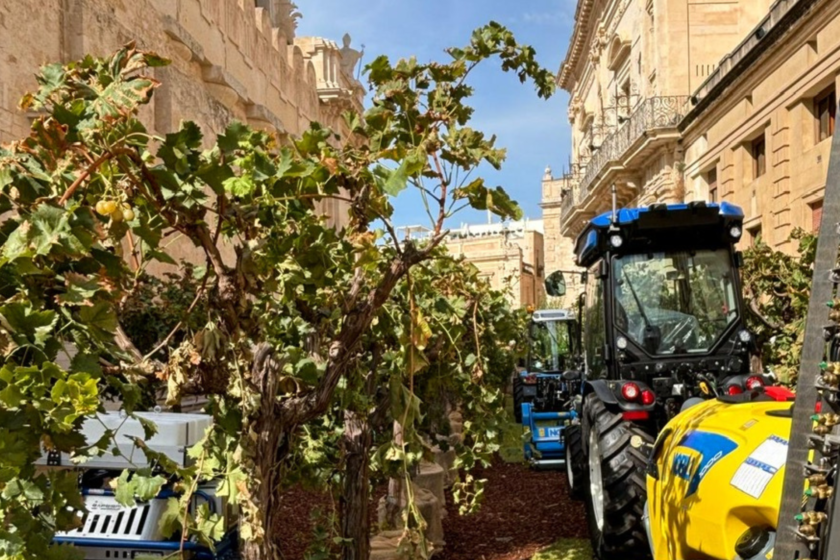
In short, agricultural mechanization is increasingly geared toward digital transition, which is strategically essential to address the challenges facing the sector. However, to fully exploit the potential of advanced digital applications and robotic systems, there must be adequate professional expertise. Not surprisingly, one of the key events organized by FederUnacoma at the G7 Agriculture meeting was a roundtable discussion on “Artificial Intelligence and Youth Entrepreneurship in the Agrifood Chain,” which focused on the need to train new professional profiles tailored to the specific needs of the agricultural sector. To increase production while also safeguarding natural resources—particularly water and soil organic matter—it will be necessary to manage extremely complex data and parameters, requiring extensive use of artificial intelligence systems. More than ever, the education and training gap among farmers is becoming evident. No farmer, contractor, or agricultural technician can manage new machinery and the sophisticated IT systems that control them without specific training. Today, there is a new generation of machines, but there is no new generation of users and technicians capable of operating them. To overcome this training deficit, it is essential to act quickly by promoting strong synergies between the industrial world and the education system. FederUnacoma is actively pursuing this goal, working with institutions to update curricula and training programs and by organizing a School of Advanced Training called “Afi” (Advanced Industry Training), which will begin operations next year with a range of courses and seminars, many of which will focus on digital systems in agriculture.
Hydroponics, Aeroponics, and More
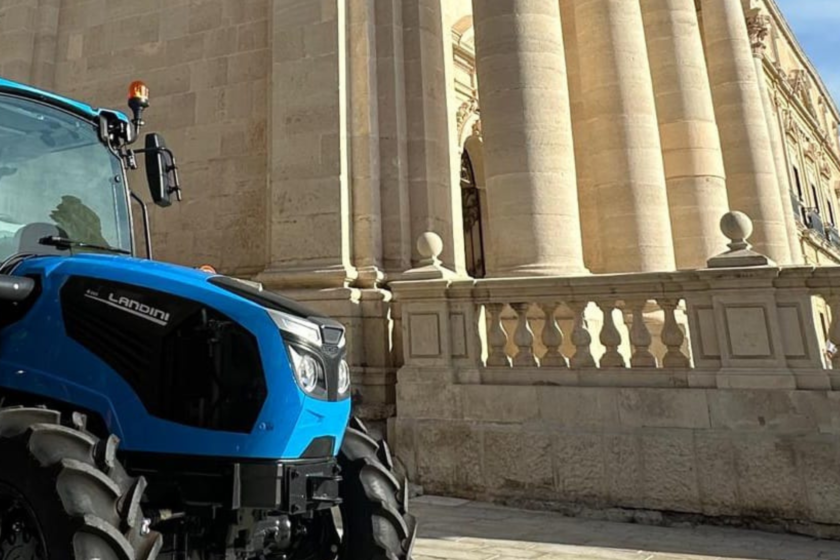
Among the solutions to meet the future food needs of the global population are hydroponics and aeroponics, two forms of soilless cultivation carried out in protected environments. In the first case, the plant receives nutrients through irrigation, while in the second, they are delivered via misting. Both methods can be considered potential solutions to the problem of declining soil fertility and the need to optimize resource use. In addition to reducing land consumption, these cultivation methods can also cut water usage by 35%, as well as reduce the need for fertilizers and pesticides. Other productive solutions that will likely become more prevalent in the future include in-vitro meat cultivation, a topic that was not addressed at the G7 Agriculture meeting due to the narrow-minded and ideological opposition from the current government.
Title: G7 agriculture, only differentiated solutions
Translation with ChatGPT





